For the Balinese, rice is not only a staple food but also an integral part of their culture, traditions, religion, history, myths, and legends. It is celebrated in prayers for sustenance and regarded as a divine gift.

Rice Cultivation in Bali
Rice cultivation in Bali relies on fertile fields, but free flatlands are scarce. As a result, most rice is grown in terraced fields around Ubud, Denpasar, Canggu, and the hills of Amed. These picturesque terraces are supported by the unique “Subak irrigation system”, recognized as a UNESCO World Heritage site.
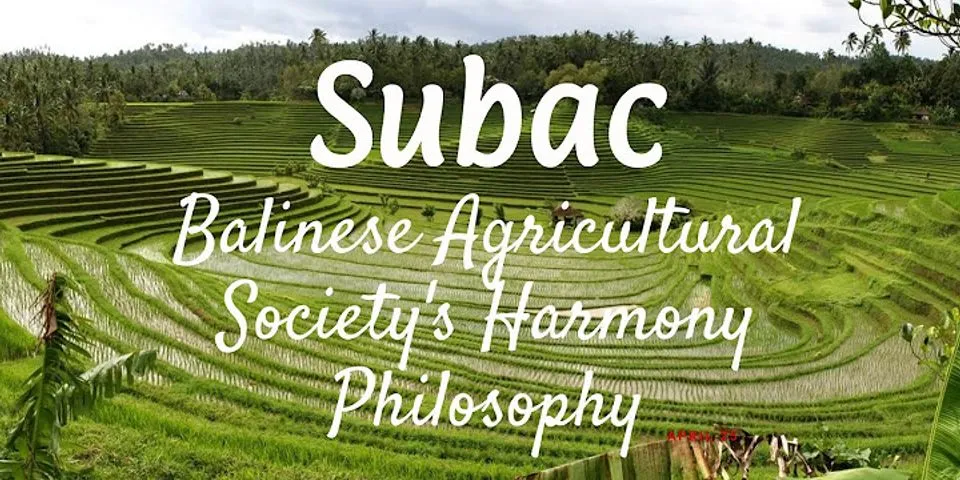
The Subak system is a sophisticated water management network of canals, dams, reservoirs, tunnels, and artificial waterfalls connected to freshwater lakes like Batur, Bratan, Buyan, and Tamblingan. Dating back to the 11th century, Subak exemplifies the ingenuity and cooperation of Balinese farmers.
The Ancient Roots of Subak
Bali is crisscrossed by more than 150 rivers and streams, providing year-round irrigation for rice fields. However, successful irrigation requires human intervention. Historical records indicate that as early as 944 AD, special tunnels were dug to channel water. These ancient methods evolved into an intricate system of canals that deliver water directly to the rice terraces.
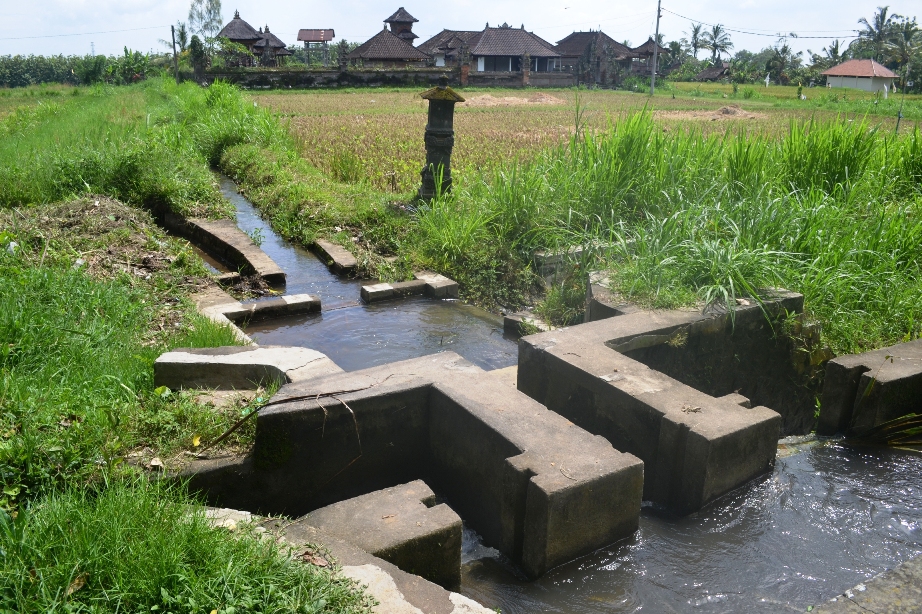
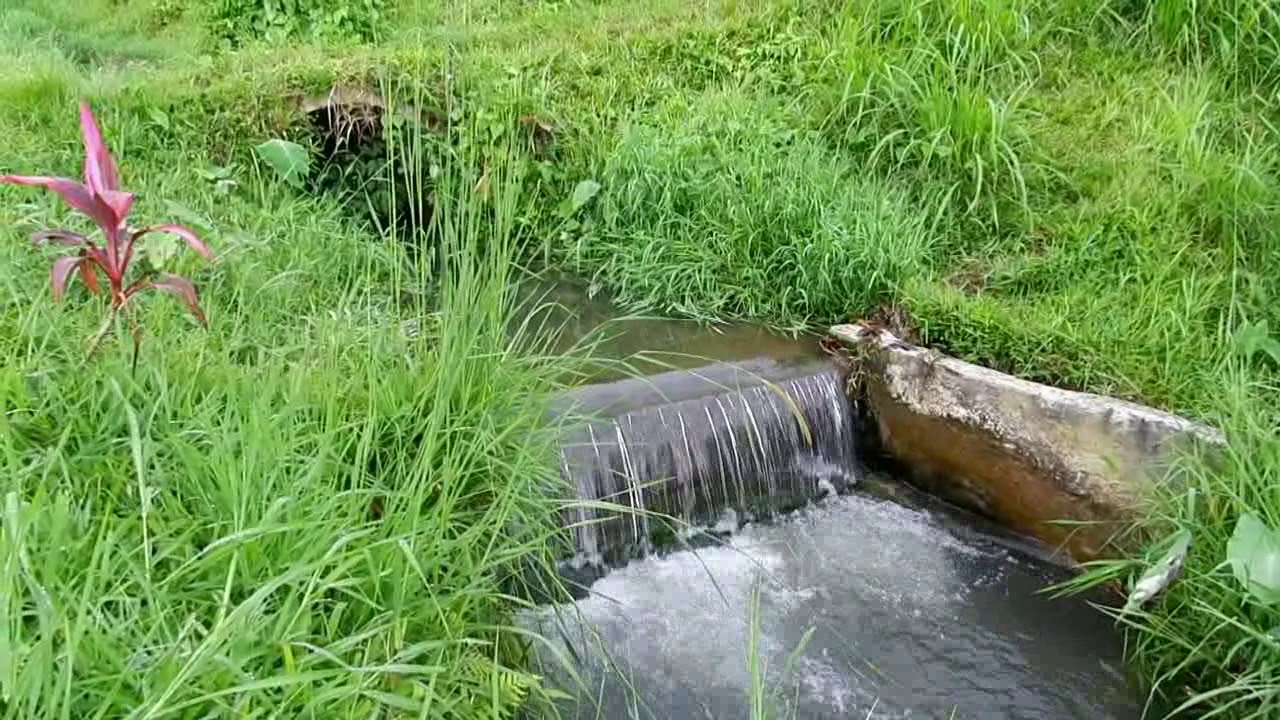
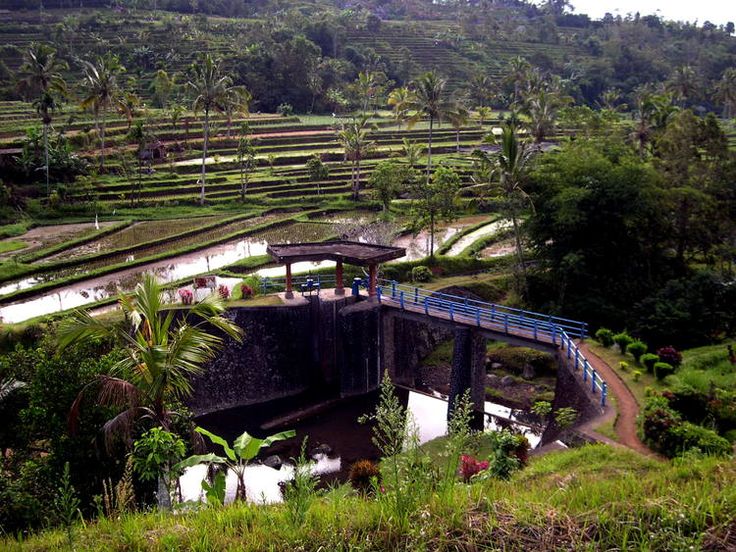
Organization of Subak
Subak is more than just an irrigation system; it is a social structure that unites farmers using water from a common source. Managed by local farming cooperatives, Subak operates on principles of mutual assistance and shared responsibility. Farmers contribute to a communal fund for system maintenance, overseen by an elder, known as the “Kliyan Subak”, elected by the community.
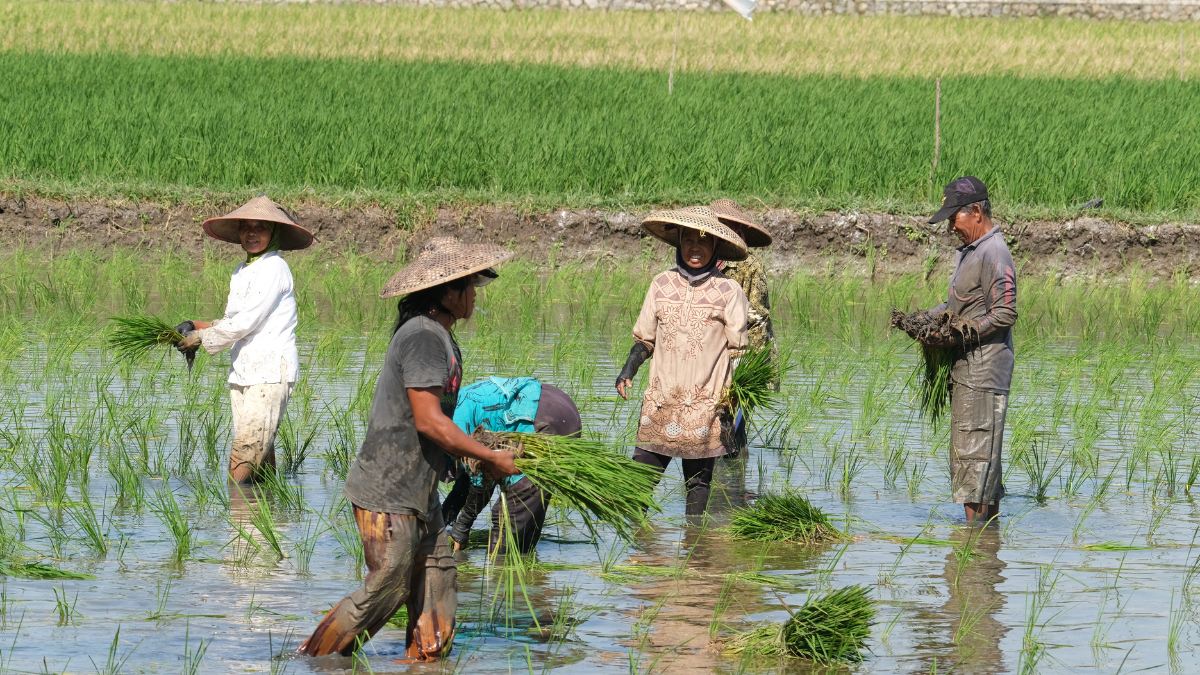
The elder's role involves ensuring fair distribution of water, managing compensation for land used in irrigation, and resolving disputes. Subaks are organized around mountain temples, such as “Pura Batu Karu” and “Pura Ulun Danu”, which oversee irrigation across different regions of Bali.
Religious and Agricultural Traditions
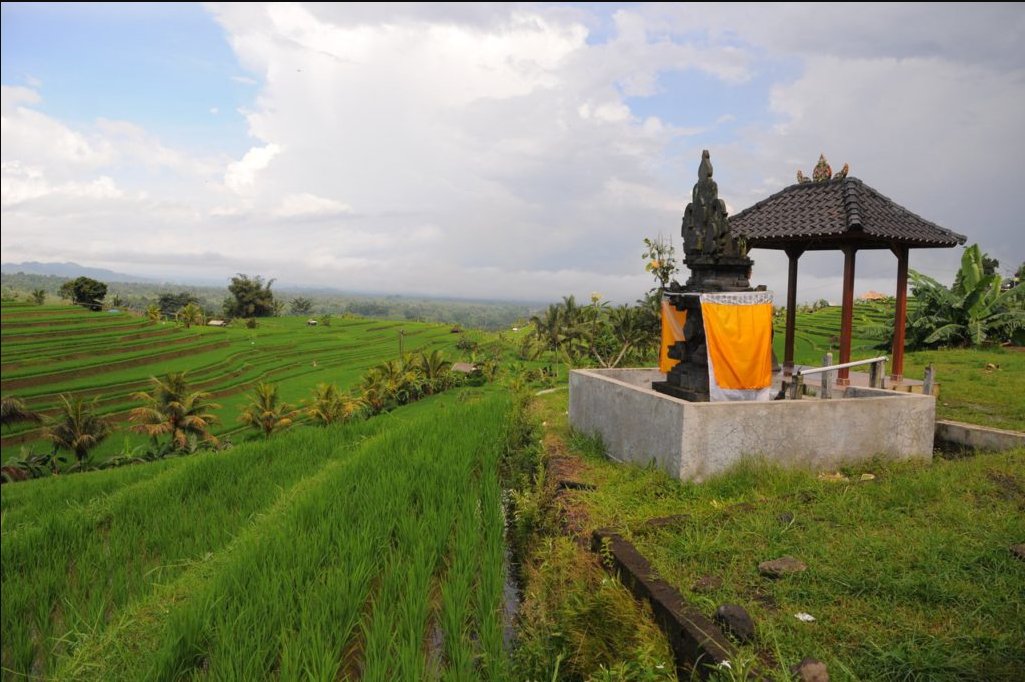
The rice-growing cycle in Bali lasts 105 days, dictating the timing of planting, harvesting, and water management. Temples organize harvest festivals to coincide with this cycle, blending agricultural practices with spiritual rituals. Each Subak builds and maintains a temple, where ceremonies reinforce the harmony between humans, nature, and divine forces.
Modern Adaptations
While traditional methods such as manual transplanting, harvesting with sickles, and threshing on wooden boards are still prevalent, recent years have seen the introduction of small combines and mechanized tools. After harvesting, ducks are often released into the fields to clear pests and prepare the soil for the next cycle.
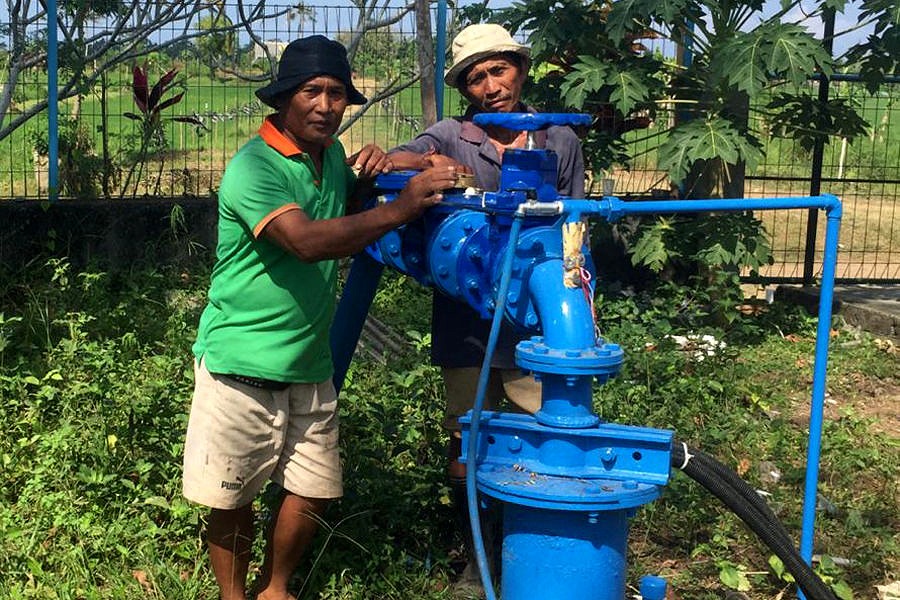
Balinese rice is renowned for its longevity, high yield, and cultivation in volcanic soils nourished by pure mountain waters. This reflects the integration of “Tri Hita Karana”, the Balinese philosophy of harmony between God, humans, and nature.
The Legacy of Subak
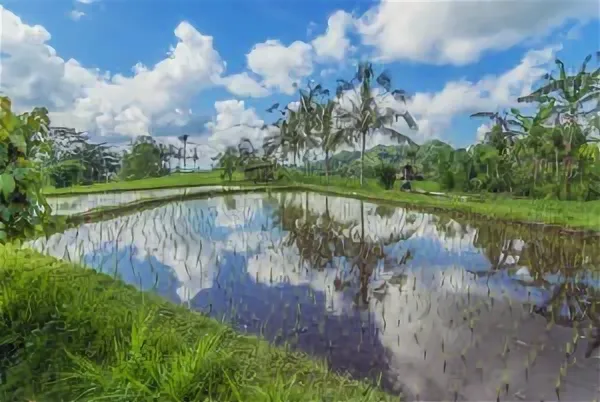
For over a thousand years, Subak has been a testament to the resilience and ingenuity of Balinese farmers. It not only sustains rice production but also serves as a symbol of the island’s cultural heritage. The Subak system unites traditional values with practical engineering, offering a model for sustainable agriculture.
Interesting Facts
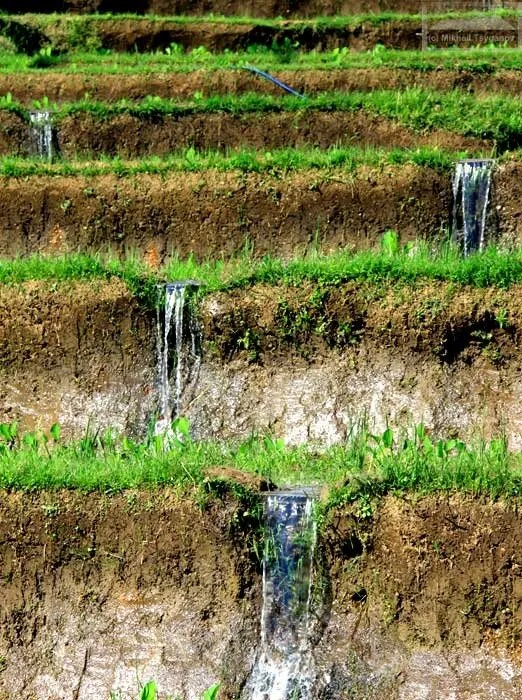
- Bali has over 1,300 Subaks.
- The system’s economic viability has been scientifically proven.
- Legislative measures now support the preservation of Subaks.
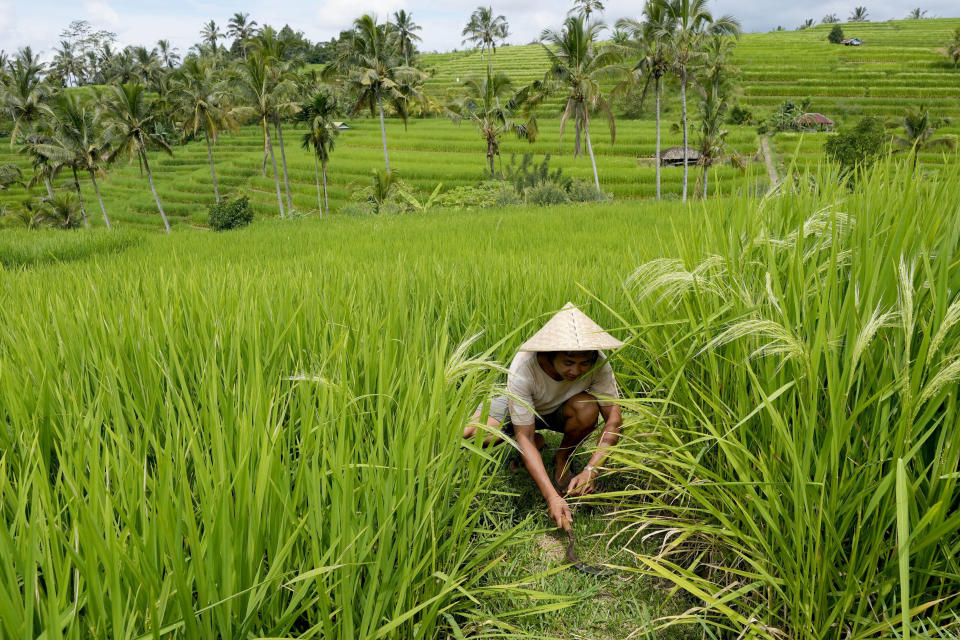
The cultural landscape of Bali, shaped by Subak, embodies the island’s unique worldview, reflected in its architecture, ceremonies, and agricultural practices. This heritage continues to inspire both locals and visitors, showcasing the timeless wisdom of Balinese traditions.

You can add one right now!